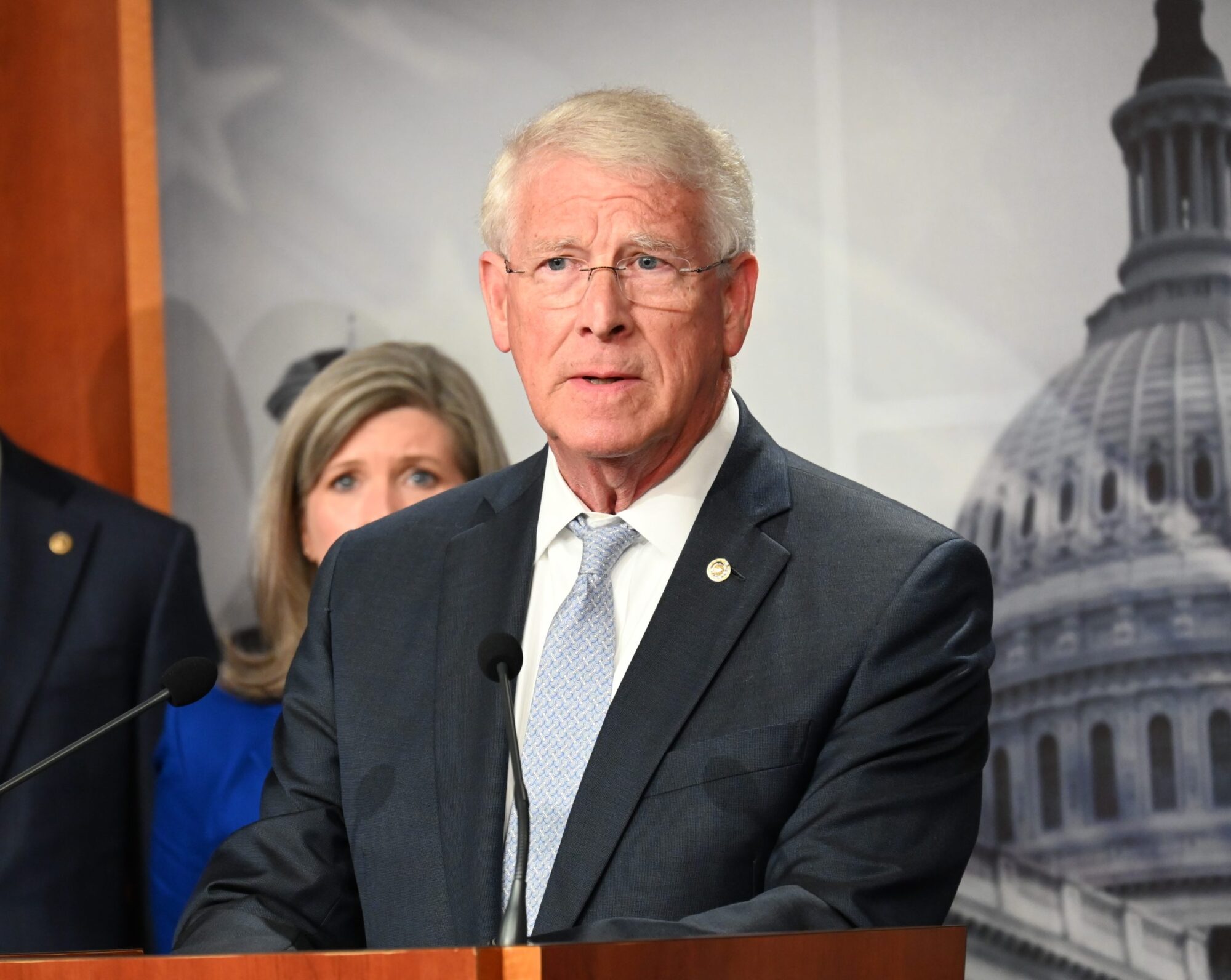
Submitted by Michelle Brodsky with the Mississippi Center for Public Policy
“The sums for a switch to solar do not add up – and nowhere is the gap between the solar promise and reality more glaring than right here in Mississippi,” Brodsky writes.
The media never misses the opportunity to warn us of impending climate disaster. Every hurricane or snowstorm is reported as evidence of the urgent need to switch to renewable energy. Solar, in particular, is presented as the answer. But is it?
Since 1979, the federal government has spent over $100 billion dollars on various solar initiatives. Here in Mississippi alone, the Mississippi Public Service Commission has approved $531 million dollars worth of solar panels since April 2021. Most recently they gave the go-ahead for the 100-megawatt solar farm in Sunflower County, which will produce enough energy to power 16,000 homes, we’re told.
To be fair to the solar lobby, there have been big improvements in solar technology. In the 1960s, the average solar panel was only capable of converting 5 to 6 percent of sunlight energy into electricity. Today, the average solar panel can convert 15 to 20 percent of the sun’s energy into electricity. As solar panel performance has gone up, the cost of producing them has come down.
Still, the sums for a switch to solar do not add up – and nowhere is the gap between the solar promise and reality more glaring than right here in Mississippi.

For all the millions of dollars invested in solar power in Mississippi, right now solar only produces a fraction of our total energy needs. Only a little over 2 percent of Mississippi’s energy is renewable, 97 percent of which comes from nuclear power plants. As it stands, a mere 0.68 percent of Mississippi’s electricity comes from solar energy.
Since 97 percent of all the carbon-free power produced in our state comes from nuclear power plants, Mississippi would need to duplicate the productivity of the Grand Gulf Nuclear Station 49 times to transition entirely to renewable energy.
“But why not just build more solar farms, like the one in Sunflower County?” I hear you say.
In order to replace the electrical output that comes from just one of Mississippi’s nuclear power plants, such as the Grand Gulf Nuclear Station, we would need much more than a couple more solar farms. In fact, we would need 21,000 acres of land dedicated exclusively to solar panels just to generate the power that the Grand Gulf Nuclear station produces.
To have enough solar capacity to produce the same output as the roughly 50 nuclear plants that we would need to be emissions-free, we would have to cover something like 1,050,000 acres of Mississippi in solar paneling. Even allowing for the fact that some of this might be placed on rooftops or roads, we would still need to cover a great deal of Mississippi’s 10.4 million acres of farmland in solar paneling to produce enough electricity.
The laws of physics mean that the cheapest way to generate electricity today, given the technology we have, is to burn coal, oil, and gas. These so-called fossil fuels are, in a sense, recycled sunlight, captured when the coal beds were formed millions of years ago. As America’s greatest physicist, Richard Feynman, explained, the heat that comes from burning gas or coal is “the light and heat of the sun that went in” in the first place.
What this means today is that any initiative that entices or requires Mississippi’s energy producers to generate power from sources other than coal, oil, or gas is going to be more expensive. No amount of federal subsidy can conceal the fact that additional costs will eventually land on the consumer.
“Hold on!”, some will say. “Isn’t solar energy actually less expensive than the alternatives?”
If you take a superficial glance at the prices paid today, that might be true. It is certainly a point that the solar lobby likes to make. To produce a MWh of electricity using nuclear power costs $69.39, and using coal costs $72.78. The average amount charged to produce the same amount of power from solar? A mere $32.78.
But there are a couple of catches. For a start, solar power requires having significant storage capacity (there is no sun at night). Once you factor in solar power from a battery storage source, the per MWh cost rises to almost $120.
At the same time, the price that is currently paid for solar is not necessarily a market price. It is more the product of a ‘cost-plus calculation’ of what the producers should pay than it is a market-determined price. Take away the various subsidies, soft loans, and tax credits that the state and federal government gives to solar producers, and solar ceases to look like a low-cost alternative to coal, gas, or nuclear.
Right now, Mississippi is one of a handful of states that does not have a ‘Renewable Portfolio Standard’. That is to say, we do not have a formal target that requires energy producers to switch to renewable sources by a set date.
This is fortunate, given that a study by the University of Chicago recently found that states with renewable portfolio standards witness skyrocketing electricity prices. “Rates increased by 11% when the share of renewable generation increased by 1.8%, and by 17% when the renewable share increased by 4.2%.”
Thanks to the recent Supreme Court ruling on the Environmental Protection Agency vs. West Virginia, it is unlikely the administrative state in Washington is going to be able to foist such targets on us anytime soon. But this does not stop both the federal and state authorities from creating every kind of inducement to switch to renewables.
There is a risk that subsidies in the Mississippi energy sector could create future supply problems. Remember how, during the Texas heat wave in 2019, the power supply failed?
It was not the stifling temperatures but the electricity problems that caused a meltdown. Subsidies had artificially driven the price of power down. So, firms produced less of it. In 2018, a year before the heatwave hit, 5,000 megawatts of capacity were decommissioned.
Then the heatwave hit, and the low, subsidized price of $20 per MWh, which scarcely made it worth producing power, skyrocketed. On the morning of August 13th, 2019, electricity prices went from $20 per MWh to $9,000 per MWh by the afternoon.
If Mississippi expands solar production through subsidies and tax breaks, a similar scenario will await us.
###
Submitted by Michelle Brodsky. She writes about energy policy at the Mississippi Center for Public Policy.











